Abdul Majeed was 5,000 miles and an ocean away from his home in Ghana when he crossed the Darien Gap, the jungle border that lies between Colombia and Panama.
The luggage that the Syrian artist Mughni Sief, 30, took with him when crossing the world to leave war behind. Sief is claiming asylum in Ecuador. He has family members in Europe but was unable to get a visa. (Photo by Mauro Pimentel)
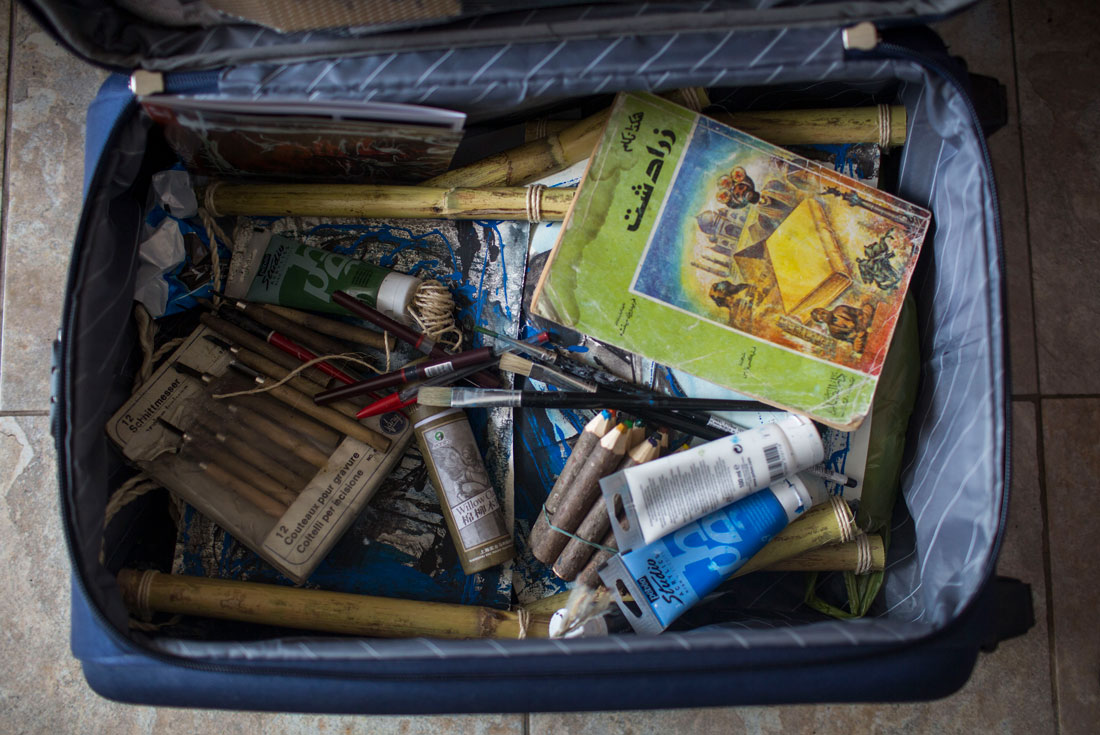
The luggage that the Syrian artist Mughni Sief, 30, took with him when crossing the world to leave war behind. Sief is claiming asylum in Ecuador. He has family members in Europe but was unable to get a visa. (Photo by Mauro Pimentel)
With him were scores of other migrants. “Somalis, Indians, Senegalese, Nepalese, Ghanaians, Bangladeshis, Cubans, Haitians and Nigerians,” he recalled. Although the group was mostly made up of men and women in their 20s and 30s, some had brought their children with them. Their “guide” pointed to a path through the jungle. “Keep going this way. It’s not very far,” he told them.
What followed was a week-long trek through the dense unknown, every step marked by fear in an untamed jungle, home to wild animals, armed drug traffickers, and people smugglers. At one point, the group stumbled across the corpse of a pregnant woman.
“I was prepared for this,” he said. “The dying. We all knew that if you don’t succeed then you become a victim.”
Instead of heading north to Europe, where the crisis at sea has led to thousands of deaths in the Mediterranean, a growing number of migrants like Majeed are now choosing to head West. They fly across the Atlantic on a route that goes first to Latin America, and then north through Mexico to the United States and Canada.
While this route does not force migrants through the Sahara or onto packed and unseaworthy dinghies, an investigation by Journalists for Transparency, a branch of Transparency International, and 100Reporters found the route is riddled with corruption and danger.
A team of journalists in the Americas and Africa, looking at both the pressures driving migration in Africa and this new route through Latin America, found migrants relying on “fixers” and coyotes to cross borders, who sometimes swindled them and left them stranded, or worse. One Iraqi family paid a fixer for an airfare to Ecuador only to discover at the airport in Dubai that their tickets were counterfeit. Officials demand bribes to ease the way for tickets or visas. In Brazil, corrupt border guards rubber stamp hundreds of entry documents at a time, for the right fee, one refugee recounted.
Migrants from Ghana, Cameroon, Senegal, Syria and Afghanistan said they had travelled tens of thousands of miles, criss-crossing continents and sometimes trekking through jungles and over valleys, to reach their destinations.
“I saw people dying on the road,” said Carol,
a 40-year-old migrant who had travelled from Ghana to the northern Mexican border town of Tijuana. (Carol and others interviewed for this story asked that their full names not be used. Some fear discovery and deportation while others worry about getting on the wrong side of the traffickers who brought them.)
“Some were drowning in rivers; some fell from the high mountains. Just getting to Panama was not easy at all.”
Like many migrants, Carol had taken advantage of Ecuador’s liberal visa system to fly into Quito. She then traveled overland through Colombia and the Darien Gap, the roadless forest on the border with Panama that was, until recently, partially controlled by the Revolutionary Armed Forces of Colombia (FARC).
A Deadly Path
For many, the trip starts with an uneventful flight to Brazil or Ecuador. But then the journey becomes more difficult;
A man approaches the fence which surrounds Shagarab camp in eastern Sudan, on July 20, 2017. Despite the fencing, security guards admitted anyone can access the camp. Residents worry Eritrean security will come after them there. (Photo by Sally Hayden)
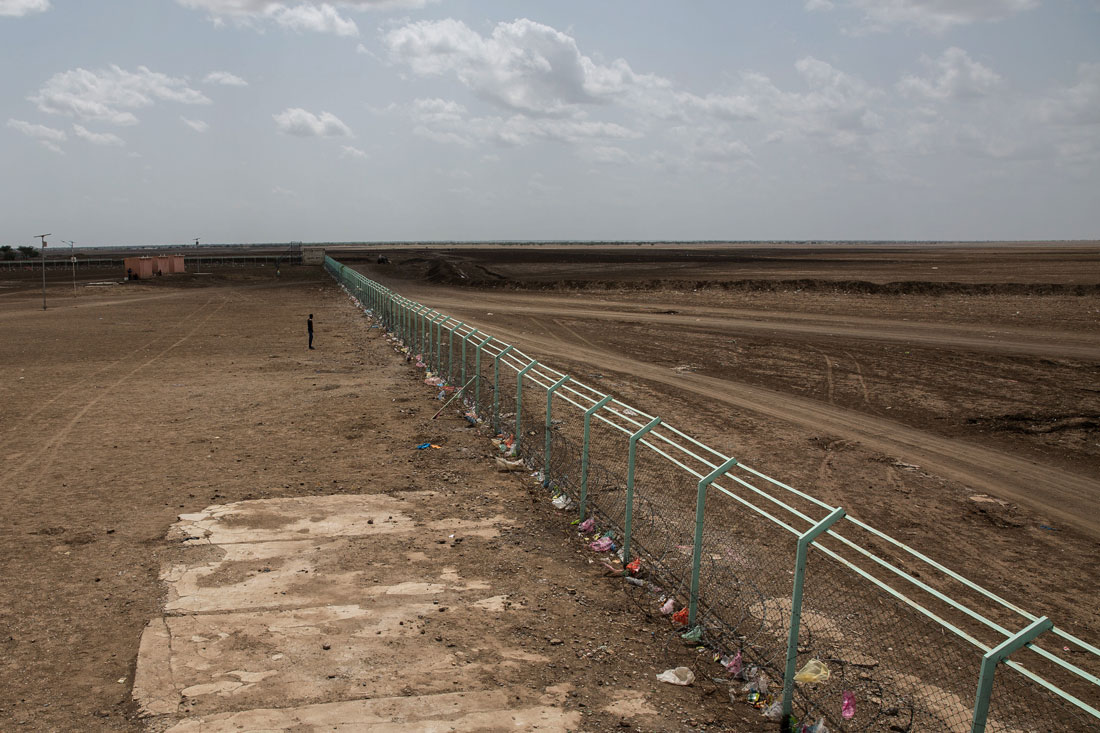
A man approaches the fence which surrounds Shagarab camp in eastern Sudan, on July 20, 2017. Despite the fencing, security guards admitted anyone can access the camp. Residents worry Eritrean security will come after them there. (Photo by Sally Hayden)
Most of those headed north take an overland route, cutting through Latin and Central American countries preoccupied with armed criminal gangs, petty thieves, and unscrupulous traffickers.
Some migrants and refugees stay in Latin America. 100Reporters and Journalists for Transparency found asylum applications rising in Brazil and Mexico, boosted by a new flow of migrants from Africa, Asia and the Middle East. Many, however, are using the region as a stepping stone on a journey north.
Panama’s migration authorities run a shelter at the Darien Gap, for the migrants, many desperate and sick, who make it across. Somalians, Congolese, Ghanaians, and Asians of different nationalities, were among the migrants recently occupying the shelter, said Javier Rudas, a government representative in the region. In 2016, he said, authorities saw 22,000 “extra-regional” migrants cross the border into Panama, while figures show the total number of people crossing the Colombia-Panama border irregularly increased to 30,000 last year from 2,000 in 2013.
“We are a transit country, straddling the north and the south. We try to help,” says Rudas.
The UN’s refugee agency, the UNHCR, acknowledges this new dynamic in international migration, noting, “the region is receiving an increasing number of asylum-seekers, often mixed with economic migrants, particularly from the Horn of Africa and the Middle East.”
The routes north from Ecuador to the US and Canada are familiar ones for immigrants, but their was “a local phenomenon,” said Dr. Thania Moreno Romero, the chief prosecutor for Ecuador’s Pichincha region. That changed after Ecuador opened up its borders to foreign migrants several years ago.
“We have started to see people from Pakistan, from India, Afghanistan coming to our country. From here they continue the route by land through Central America,” she says.
The new arrivals fit into many socio-economic categories, said Giovanna Tipán Barrera, director of the human mobility department of the Pichincha region centered around the capital, Quito. She has worked with migrants from Afghanistan, Syria, Congo, Ghana, and Iran, and said that while many arrive with nothing, others are “middle, upper class” and end up here because “they do not want to take the boat” to Europe. Middle class or poor, the refugees and migrants must come up with between $10,000 to $20,000 to travel from Ecuador to the US, mostly by land, Tipán Barrera said.
What concerns her about this use of Ecuador as “a trampoline” to reach the US is that the passage north can turn as perilous as any boat crossing.
Graft, Corruption And Threats
Tales of exploitation on this route through the Americas are common.
Cesar Mesa, who works in the UNHCR office in Turbo, a Colombian town that’s the jumping off point for the Darien Gap, remembers meeting two Ghanaians who had been told they were two days away from the American border.
“They had two or three months in front of them. But most of these migrants arrive in Turbo thinking they are very close to the US … They don't understand the magnitude of the journey.”
Although it is almost impossible to verify the numbers of people making this trip – since migrants tend to travel with coyotes or smugglers and in an “irregular” way through poorly guarded border crossings – Mesa says they have known of people from the Caribbean, Bangladesh, Nepal, Nigeria, Eritrea, and Ethiopia making the journey.
Based on what he’s seen, Mesa says he knows that
“people have died on this route, that there are cases of sexual violence against women, that it’s complex. People are left behind,” he says.
The International Organization for Migration’s missing migrants project charts the number of people who have died or disappeared as they attempt to migrate from one country to another. IOM data shows that 2016 was the deadliest year on record for those trying to cross the Mediterranean, but it also reveals the dangers in the route through the Americas. Of all the deaths in the Colombia-Panama border zone and the sea beside it, 89 percent occurred in the “notoriously inaccessible… and dangerous” Darien region, the IOM said.
The Smugglers
Another IOM report, the 2017 publication “Migration Tendencies in South America,” says the South-South migration between Africa, Asia and Latin America increased “significantly” in the first decade of the 21st Century...
General view from a river in Tapachula, Mexico's most southern city, on August 08, 2017. Tapachula is located on the Mexico-Guatemala border. (Photo by Andrea Arzaba)

General view from a river in Tapachula, Mexico's most southern city, on August 08, 2017. Tapachula is located on the Mexico-Guatemala border. (Photo by Andrea Arzaba)
“in the context of ever-stricter policies in Europe and north America combined with the liberalization of the visa regime in some South American countries.”
“Every day things are more restricted in most of the world,” explains Juan Pablo Terminiello from the UNHCR’s Quito office, the landing point for many migrants heading to the region. “Many of these [migrants are from] countries that in most parts of the world they will ask for a visa, but here, they don’t.”
Migrants interviewed for this reporting project said liberal visa rules were key to their choosing this particular route. They could enter a country like Ecuador without many questions.
“A Syrian passport has many restrictions,” said an artist seeking asylum in Ecuador.
“We can’t do anything because we have the passport of Iraq – nobody respects this country, we can’t do anything with that,” another asylum seeker said.
Another said that he had landed on the idea of heading west to Ecuador after an online search for “countries that accept Arabic Muslims without a visa.”
By now, though, migrants have seen that routes West are controlled by people smugglers and traffickers, and littered with agents offering to facilitate a visa or a bus ticket for a fee. Those seeking to take advantage of this flow also sell travel help so migrants can traverse countries that would be almost impassable otherwise.
The UN Office on Drugs and Crime, which monitors human trafficking and migrant smuggling, reports that migrants from East Africa are often “transported along land routes to South Africa and then smuggled by air into Brazil. Once in South America, they then travel by sea or land to Costa Rica or Panama, or by air directly from Brazil to Mexico.”
What is clear is that smuggling – from Africa and across the Mediterranean or through the Americas – creates big profits for organized crime groups: across the two routes, the UNODC estimates that criminals make around $6.75 billion a year from this trade.
Pedro Piedrahita Bustamente, an academic in Colombia’s second city Medellin and an expert on international organized crime, said Latin American people smugglers are traveling the same clandestine routes once used to ferry gold, drugs, and arms.
The routes became popular first with local migrants, then with extra-continentals.
Just in Colombia – one of the key countries on this trans-continental trail – Piedrahita Bustamante estimates that this trade brings in $5 million a year.
“And it’s in this context that we see the appearance of transnational organized crime … groups specializing in the trafficking of people, the loaning out of transport to smugglers, and those that create fake documentation,” he said.
Or as Josef Merkx, the head of UNHCR in Colombia puts it in the national context: “It’s a business, and whenever there’s business there’s armed groups involved.”
Ali Al-Ridha, 47, pose for a portrait with his family in their house in Quito, Ecuador, on 15 June of 2017. Ali knew it was time to flee Iraq when the local Shia militia started asking after him. They had found out he had lost his faith. If he militia found him, they would behead him, he said. Al-Ridha fled overnight, not even pausing to pack his things. He travelled first to Moscow, where he Googled “countries that accept Arabic Muslims without a visa.” The best option he could find? Ecuador. He took his daughter with him to set up everything for the rest of the family. Their passage could be possible one year later, he believed. (Photo by Mauro Pimentel)
Sinners And Saints
But Mauricio Burbano, the deputy director at the Jesuits Migrant Mission in Quito and a professor at Ecuador’s Pontificia Universidad Catolica, said migrants often end up in love-hate relationships with the coyotes:
while it’s clear that there’s organized crime involved in smuggling and trafficking, without them, the migrants wouldn’t be able to make this journey.
“They are both someone they need and that offers help,” he said.
As to how smugglers work, the networks themselves are complex, and the dynamics ever-changing. Many coyotes work as in a relay race, passing on groups of migrants from one place to the other, according to Soledad Alvarez, a researcher who has investigated the smuggling networks that start in Ecuador.
One Somali migrant who had made it to the US-Mexico border said the smugglers he met had his photograph so they would know they could trust him, and charged him fees only to cover each step of the journey.
Another migrant said that he was offered a “package” to reach the US from the Ecuadorean capital Quito, for a total sum of $10,000 for him and his daughter.
The sums are huge, and the lengths migrants will go to reach their destination often extreme. The journey West, much like crossing the Mediterranean to Europe, empowers those willing to offer passage for a price, however dangerous it might be.
"What they are calling human smuggling is business," one smuggler in Niger told us.

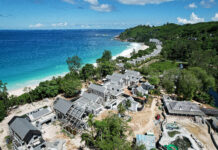
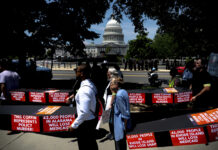
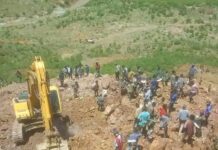
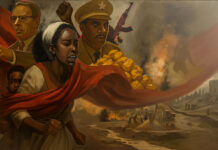





We need to fix climate change or this is going to become catastrophic.